1)Tulloss, R. E. “Amanita breckonii Ammirati & Thiers”. Studies in the Genus Amanita Pers. (Agaricales, Fungi)(2012).
2)Kögl, Fr., Erxleben, Hanni, und. Janecke, L., “Untersuchungen über Pilzfarbstoffe. IX. Die Konstitution der Thelephorsäure.” Liebigs Ann. (1930).
3)Eugster, C.H. “Chemie der Wirkstoffe aus dem Fliegenpilz (Amanita muscaria).” Fortschr. Chem. Org. Naturst. (1969).
4)Geml, József, et al. “Beringian origins and cryptic speciation events in the fly agaric (Amanita muscaria).” Molecular Ecology 15.1 (2006).
5)Geml, József, et al. “Phylogeographic analyses of a boreal-temperate ectomycorrhizal basidiomycete, Amanita muscaria, suggest forest refugia in Alaska during the last glacial maximum.” Relict Species. Springer, Berlin, Heidelberg, (2010).
6)Wasson, R. Gordon. “Traditional use in North America of Amanita muscaria for divinatory purposes.” Journal of Psychedelic Drugs 11.1-2 (1979).
7)Keewaydinoquay. “The Legend of Miskwedo.” Journal of Psychedelic Drugs 11.1-2 (1979).
8)Powell, J. W. “Tenth annual report of the Bureau of Ethnology: 1888-1889.” Smiths. Inst., Washington, DC (1893).
9)Lowy, Bernard. “Amanita muscaria and the thunderbolt legend in Guatemala and Mexico.” Mycologia 66.1 (1974).
10)Pavlovna, Wasson Valentina, and R. Gordon. “Mushrooms Russia and History. 2 vol.” (1957).
11)Wasson, R. Gordon. “The soma of the Rig Veda: what was it?.” Journal of the American Oriental Society (1971).
12)Nyberg, H. A. R. R. I. “Religious use of hallucinogenic fungi: A comparison between Siberian and Mesoamerican Cultures.” Karstenia 32.2 (1992).
13)Saar, Maret. “Ethnomycological data from Siberia and North-East Asia on the effect of Amanita muscaria.” Journal of ethnopharmacology 31.2 (1991).
14)Phipps, Allan Grady. “Japanese use of Beni-tengu-dake (Amanita muscaria) and the efficacy of traditional detoxification methods.” (2000).
15)Lewis, B. A. R. R. Y. “Atropine in mushrooms-therapeutic implications.” South African Medical Journal 29.11 (1955).
16)Tyler, V. E., and D. Groeger. “INVESTIGATION OF THE ALKALOIDS OF AMANITA SPECIES1–I. AMANITA MUSCARIA.” Planta Medica 12.03 (1964).
17)Gore, Michael G., and P. M. Jordan. “Microbore single-column analysis of pharmacologically active alkaloids from the fly agaric mushroom Amanita muscaria.” Journal of Chromatography A 243.2 (1982).
18)STOeRMER, FREDRIK C., KAREL JANAK, and GRY EB KOLLER. “Ibotenic acid in Amanita muscaria spores and caps.” Mycologist 18.3 (2004).
19)Ávila, Emersón León, and James Guevara-Pulido. “Development of a RP-HPLC Method for Separating and Quantifying Muscimol in Different Developmental Stages of the Fungus Amanita muscaria.” Journal of Chemistry 2020 (2020).
20)CATALFOMO, Philip e Conrad Hans EUGSTER. “Amanita muscaria: comprensione attuale della sua chimica.” Boll. Su Narc 22 (1970).
21)Lurie, Yael, et al. “Mushroom poisoning from species of genus Inocybe (fiber head mushroom): a case series with exact species identification.” Clinical toxicology 47.6 (2009).
22)Wasson, R. Gordon. “The death of Claudius or mushrooms for murderers.” Botanical Museum Leaflets, Harvard University 23.3 (1972).
23)Kessler, Josef, and Hans J. Markowitsch. “Behavioral effects of systemic injection of ibotenic acid manifested without neuromorphological correlates.” Brain research bulletin 8.4 (1982).
24)YAMAURA, Yoshio, et al. “Biochemical effects of Amanita muscaria extract in mice.” Food Hygiene and Safety Science (Shokuhin Eiseigaku Zasshi) 24.5 (1983).
25)Falandysz, Jerzy, Małgorzata Mędyk, and Roland Treu. “Bio-concentration potential and associations of heavy metals in Amanita muscaria (L.) Lam. from northern regions of Poland.” Environmental Science and Pollution Research 25.25 (2018).
26)Kim, Jin, et al. “The Toxicological Pathologic Study of Amanita muscaria in Sprague-Dawley Rat.” Journal of Life Science 19.8 (2009).
27)Tsunoda, Koujun, et al. “Change in Ibotenic Acid and Muscimol Contents in Amanita muscaria during Drying, Storing or Cooking Food Hygienic Studies of Toxigenic Basidiomycotina. III.” Food Hygiene and Safety Science (Shokuhin Eiseigaku Zasshi) 34.2 (1993).
28)Austin, Trent. “Method for producing muscimol and/or reducing ibotenic acid from amanita tissue.” U.S. Patent No. 8,784,835. (2014).
29)Filer, Crist N., James M. Lacy, and C. T. Peng. “Ibotenic acid decarboxylation to muscimol: dramatic solvent and radiolytic rate acceleration.” Synthetic communications 35.7 (2005).
30)Theobald, W., et al. “Pharmacological and experimental psychological studies with 2 components of fly agaric (Amanita muscaria).” Arzneimittel-forschung 18.3 (1968).
31)Ott, Jonathan. “Pharmacotheon: Entheogenic drugs, their plant sources and history.”Jonathan Ott Books (1993).
32)Ott, J. O. N. A. T. H. A. N., PRESTON S. Wheaton, and WILLIAM SCOTT Chilton. “Fate of muscimol in the mouse.” Physiological chemistry and physics 7.4 (1975).
33)Wasson, R. Gordon. “Soma: Divine Mushroom of Immortality (Ethno-mycological Studies).” Harcourt, Brace & World (1968).
34)Stebelska, Katarzyna. “Fungal hallucinogens psilocin, ibotenic acid, and muscimol: analytical methods and biologic activities.” Therapeutic drug monitoring 35.4 (2013).
35)Baraldi, M., L. Grandison, and A. Guidotti. “Distribution and metabolism of muscimol in the brain and other tissues of the rat.” Neuropharmacology 18.1 (1979).
36)Schwarcz, R., et al. “Ibotenic acid-induced neuronal degeneration: a morphological and neurochemical study.” Experimental Brain Research 37.2 (1979).
37)Tan, Kelly R., Uwe Rudolph, and Christian Lüscher. “Hooked on benzodiazepines: GABAA receptor subtypes and addiction.” Trends in neurosciences 34.4 (2011).
38)Ciccarelli, Alessandro, et al. “Organization of GABAergic synaptic circuits in the rat ventral tegmental area.” (2012).
39)DeFeudis, Francis V. “Physiological and behavioral studies with muscimol.” Neurochemical research 5.10 (1980).
40)Scheel-Krüger, Jørgen, A. V. Christensen, and J. Arnt. “Muscimol differentially facilitates stereotypy but antagonizes motility induced by dopaminergic drugs: A complex GABA-dopamine interaction.” Life sciences 22.1 (1978).
41)Roberts, Amanda J., Maury Cole, and George F. Koob. “Intra‐amygdala muscimol decreases operant ethanol self‐administration in dependent rats.” Alcoholism: Clinical and Experimental Research 20.7 (1996).
42)Srinivasan, D., et al. “Tolerance pattern to GABAmimetic analgesics and their influence on morphine tolerance and dependence.” Fundamental & clinical pharmacology 5.9 (1991).
43)Cutting, Garry R., et al. “Cloning of the gamma-aminobutyric acid (GABA) rho 1 cDNA: a GABA receptor subunit highly expressed in the retina.” Proceedings of the National Academy of Sciences 88.7 (1991).
44)Maciejczyk, Ewa, and P. A. W. E. Ł. Kafarski. “Mannitol in Amanita muscaria–An osmotic blood–brain barrier disruptor enhancing its hallucinogenic action?.” Medical hypotheses 81.5 (2013).
45)Elko, Curtis J., Jefferey L. Burgess, and William O. Robertson. “Zolpidem-associated hallucinations and serotonin reuptake inhibition: a possible interaction.” Journal of Toxicology: Clinical Toxicology 36.3 (1998).
46)Hohn, H., and J. Schoenemann. “Cholinergic syndrome with unconsciousness in amanita poisoning.” Deutsche medizinische Wochenschrift (1946) 125.45 (2000).
47)Sidana, Ajeet, Gurvinder Pal Singh, and Rakash Pal Sharma. “Zolpidem induced delirium.” Indian journal of psychiatry 44.4 (2002).
48)Tamminga, Carol A., John W. Crayton, and Thomas N. Chase. “Muscimol: GABA agonist therapy in schizophrenia.” The American journal of psychiatry (1978).
49)Bueno, C. H., H. Zangrossi Jr, and M. B. Viana. “The inactivation of the basolateral nucleus of the rat amygdala has an anxiolytic effect in the elevated T-maze and light/dark transition tests.” Brazilian journal of medical and biological research 38 (2005).
50)Nitz, D. O. U. G. L. A. S., and Jerome Siegel. “GABA release in the dorsal raphe nucleus: role in the control of REM sleep.” American Journal of Physiology-Regulatory, Integrative and Comparative Physiology 273.1 (1997).
51)Nowacka, Anita. “Udział jądra konarowo-mostowego nakrywki w regulacji snu paradoksalnego.” Sen 2.4 (2003).
52)Nelson, Laura E., et al. “Evidence that the mechanism of hypnotic action in dexmedetomidine and muscimol-induced anesthesia converges on the endogenous sleep pathway.” Anesthesiology 95.A1368 (2001).
53)File, Sandra E. “Chlordiazepoxide-induced ataxia, muscle relaxation and sedation in the rat: effects of muscimol, picrotoxin and naloxone.” Pharmacology Biochemistry and Behavior 17.6 (1982).
54)Waser, Peter Gaudenz. “The pharmacology of Amanita muscaria.” Psychopharmacology bulletin 4.3 (1967).
55)Köhler, C., R. Schwarcz, and K. Fuxe. “Intrahippocampal injections of ibotenic acid provide histological evidence for a neurotoxic mechanism different from kainic acid.” Neuroscience letters 15.2-3 (1979).
56)Matsumoto, T., Trueb, W., Gwinner, R. & Eugster, C. H. “Isolierung from ( — )-R-4-Hydroxy-pyrrolidon-(2) und einigen weitere Verbindungen von Amanita muscaria.” Helvetica Chimica Acta 52 (1969).
57)Ishida, M., and H. Shinozaki. “Excitatory action of a plant extract, stizolobic acid, in the isolated spinal cord of the rat.” Brain research 473.1 (1988)
58)Sashchenko, L. P., et al. “Inhibition of L-glutamic acid decarboxylase by cycloglutamates.” Biochemistry 10.26 (1971).
59)Mancuso, Carissa E., Maria G. Tanzi, and Michael Gabay. “Paradoxical reactions to benzodiazepines: literature review and treatment options.” Pharmacotherapy: The Journal of Human Pharmacology and Drug Therapy 24.9 (2004).
60)Carolis, A. Scotti, F. Lipparini, and V. G. Longo. “Neuropharmacological investigations on muscimol, a psychotropic drug extracted from Amanita muscaria.” Psychopharmacology 15.3 (1969).
61)Naik, S. R., A. Guidotti, and E. Costa. “Central GABA receptor agonists: comparison of muscimol and baclofen.” Neuropharmacology 15.8 (1976).
62)Kerwin, R. W., H‐R. Olpe, and M. Schmutz. “The effect of sodium‐n‐dipropyl acetate on γ‐aminobutyric acid‐dependent inhibition in the rat cortex and substantia nigra in relation to its anticonvulsant activity.” British journal of pharmacology 71.2 (1980).
63)Peng, Y. Y., and Eric Frank. “Activation of GABAA receptors causes presynaptic and postsynaptic inhibition at synapses between muscle spindle afferents and motoneurons in the spinal cord of bullfrogs.” Journal of Neuroscience 9.5 (1989).
64)Pahapill, Peter A., et al. “Tremor arrest with thalamic microinjections of muscimol in patients with essential tremor.” Annals of neurology 46.2 (1999).
65)Jafari-Sabet, Majid, and Iman Jannat-Dastjerdi. “Muscimol state-dependent memory: Involvement of dorsal hippocampal μ-opioid receptors.” Behavioural brain research 202.1 (2009).
66)McElroy, Molly W., and Donna L. Korol. “Intrahippocampal muscimol shifts learning strategy in gonadally intact young adult female rats.” Learning & Memory 12.2 (2005).
67)Pilipenko, Vladimirs, et al. “Very low doses of muscimol and baclofen ameliorate cognitive deficits and regulate protein expression in the brain of a rat model of streptozocin-induced Alzheimer’s disease.” European journal of pharmacology 818 (2018).
68)Shoulson, Ira, et al. “Huntington’s disease: treatment with muscimol, a GABA‐mimetic drug.” Annals of Neurology: Official Journal of the American Neurological Association and the Child Neurology Society 4.3 (1978).
69)Xu, Jie, Yong Liu, and Guang-Yi Zhang. “Neuroprotection of GluR5-containing Kainate Receptor Activation against Ischemic Brain Injury through Decreasing Tyrosine Phosphorylation of N-Methyl-d-aspartate Receptors Mediated by Src Kinase∗.” Journal of biological chemistry 283.43 (2008).
70)Kurjak, M., et al. “Effect of GABA‐ergic mechanisms on synaptosomal NO synthesis and the nitrergic component of NANC relaxation in rat ileum.” Neurogastroenterology & Motility 23.5 (2011).
71)Gharedaghi, Mohammad Hadi, et al. “Muscimol delays lipopolysaccharide-induced preterm delivery in mice: role of GABAA receptors and nitric oxide.” The Journal of Maternal-Fetal & Neonatal Medicine 26.1 (2013).
72)Hsu, D. Z., et al. “Muscimol increases the survival rate and inhibits the inflammatory response in endotoxemic mice.” Critical Care 13.4 (2009).
73)Camazine, Scott. “Mushroom chemical defense: food aversion learning induced by hallucinogenic toxin, muscimol.” Journal of chemical ecology 9.11 (1983).
74)Baldo, Brian A., et al. “GABA-mediated inactivation of medial prefrontal and agranular insular cortex in the rat: contrasting effects on hunger-and palatability-driven feeding.” Neuropsychopharmacology 41.4 (2016).
75)Grandison, Ll, and A. Guidotti. “Stimulation of food intake by muscimol and beta endorphin.” Neuropharmacology 16.7-8 (1977).
76)Farrar, Andrew M., et al. “Forebrain circuitry involved in effort-related choice: Injections of the GABAA agonist muscimol into ventral pallidum alter response allocation in food-seeking behavior.” Neuroscience 152.2 (2008).
77)Khaimova, Eleonora, et al. “Opioid receptor subtype antagonists differentially alter GABA agonist-induced feeding elicited from either the nucleus accumbens shell or ventral tegmental area regions in rats.” Brain research 1026.2 (2004).
78)Iwasaki, Hidesuke, et al. “Synthesis of Tricholomic Acid, a Flycidal Amino Acid. I.” Chemical and Pharmaceutical Bulletin 13.6 (1965).
79)Ghirvani, Z., and M. H. Pourgholami. “Effect of Muscimol on hyperglycemia, caused by ICV injection of GABA. A receptor antagonists Bicuculline and picrotoxin and its role on regulation of blood glucose in mice.” Journal of Mazandaran University of Medical Sciences 10.28 (2000).
80)Ozawa, Kuniaki, et al. “Intrahypothalamic, but not hippocampal, administration of muscimol suppresses hyperglycemia induced by hippocampal neostigmine in anesthetized rats.” Life sciences 53.25 (1993).
81)Kelly, Paul AT, and James McCulloch. “Effects of the putative GABAergic agonists, muscimol and THIP, upon local cerebral glucose utilisation.” Journal of neurochemistry 39.3 (1982).
82)Kelly, Paula AT, and J. A. M. E. S. McCULLOCH. “The effects of the GABAergic agonist muscimol upon the relationship between local cerebral blood flow and glucose utilization.” Brain research 258.2 (1983).
83)Robbins, Mark S., et al. “Effect of muscimol on glucose-stimulated somatostatin and insulin release from the isolated, perfused rat pancreas.” Diabetes 30.2 (1981).
84)Hassan, Zurina, et al. “Blunted endogenous GABA-mediated inhibition in the hypothalamic paraventricular nucleus of rats with streptozotocin-induced diabetes.” Acta Neurologica Belgica 113.3 (2013).
85)Bousquet, P., et al. “The ventromedullary hypotensive effect of muscimol in the anaesthetized cat.” Clinical and experimental hypertension 3.2 (1981).
86)Sweet, Charles S., Herbert C. Wenger, and Dennis M. Gross. “Central antihypertensive properties of muscimol and related γ-aminobutyric acid agonists and the interaction of muscimol with baroreceptor reflexes.” Canadian Journal of physiology and pharmacology 57.6 (1979).
87)Snyder, David W., and Michael J. Antonaccio. “Central sites involved in the hypotensive effects of muscimol.” Brain Research Bulletin 5 (1980).
88)Sancibrian, M., J. S. Serrano, and F. J. Minano. “Opioid and prostaglandin mechanisms involved in the effects of GABAergic drugs on body temperature.” General pharmacology 22.2 (1991).
89)Tuno, Nobuko, et al. “Tolerance of Drosophila flies to ibotenic acid poisons in mushrooms.” Journal of chemical ecology 33.2 (2007).
90)Locquin-Linard, M. “Etude de l action de l Amanita muscaria sur les mouches.” Rev. Mycol 30 (1965).
91)Cárcamo, Marcial Corrêa, et al. “Larvicidal efficiency of the mushroom Amanitamuscaria (Agaricales, Amanitaceae) against the mosquito Culex quinquefasciatus (Diptera, Culicidae).” Revista da Sociedade Brasileira de Medicina Tropical 49 (2016).
92)Yokoi, I., et al. “Effects of ibotenic acid, quisqualic acid and their relatives on the excitability of an identifiable giant neurone of an African giant snail (Achatina fulica Férussac).” Experientia 33.3 (1977).

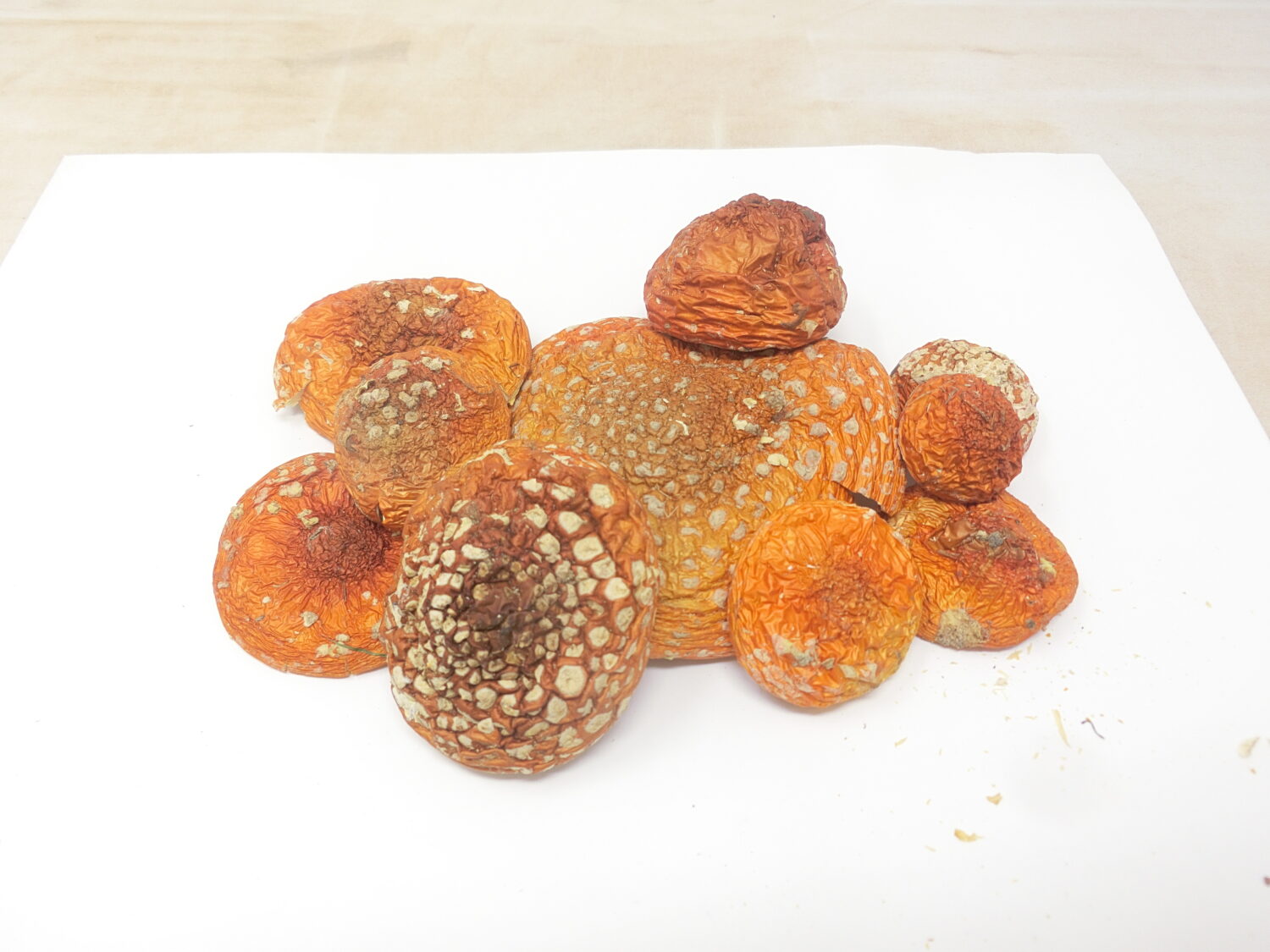
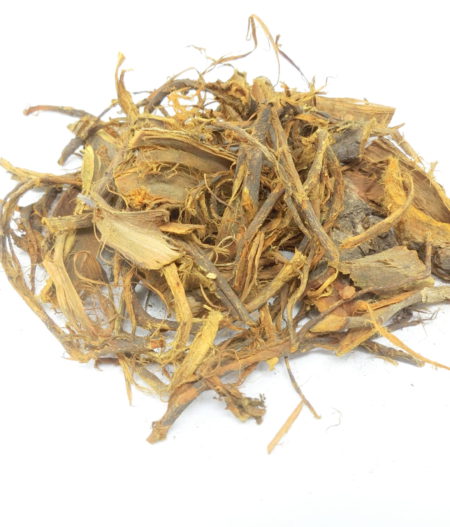
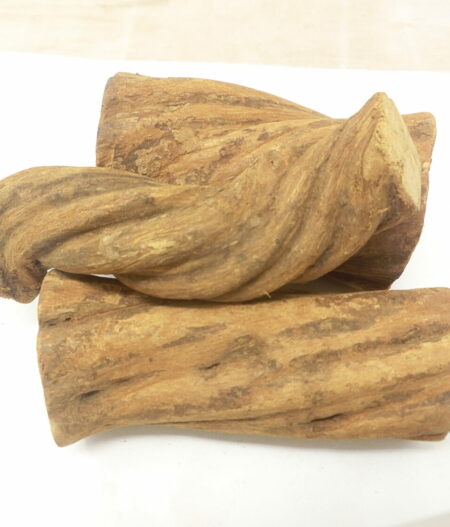


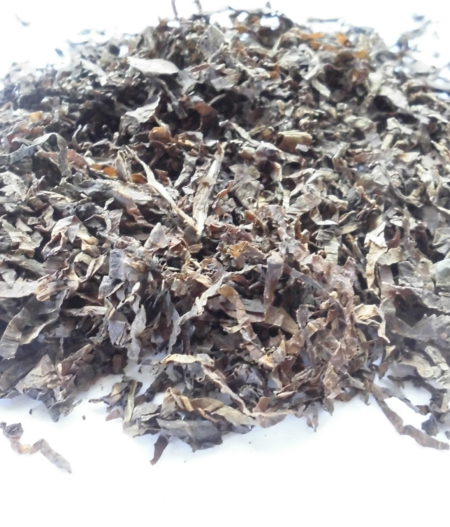
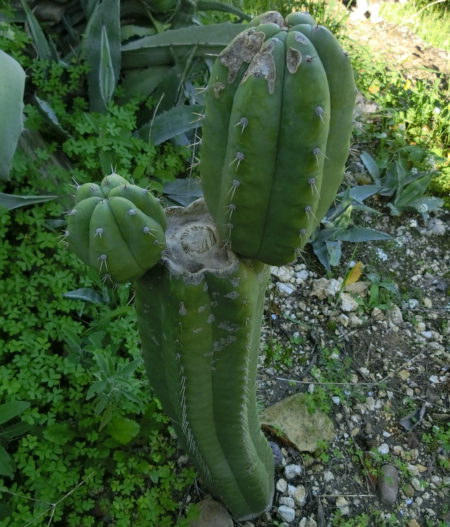
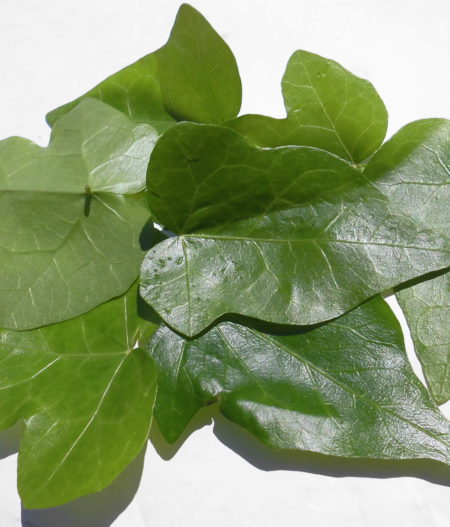
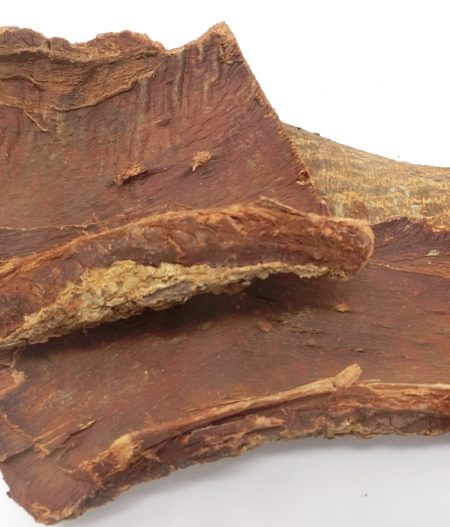
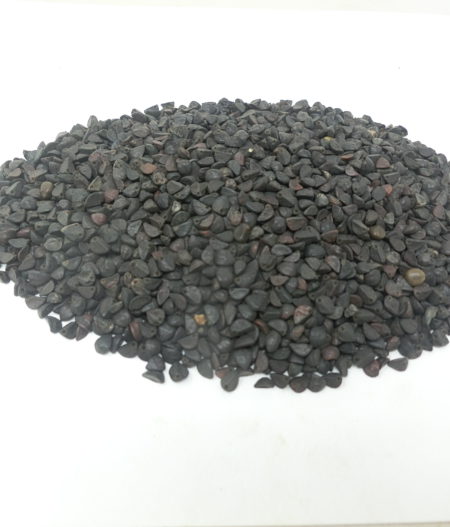
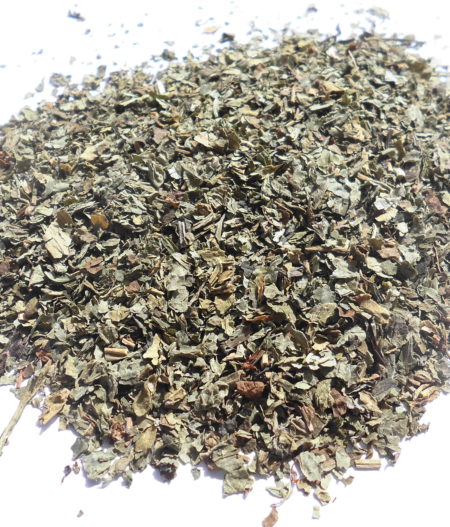
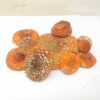
Recensioni
Ancora non ci sono recensioni.